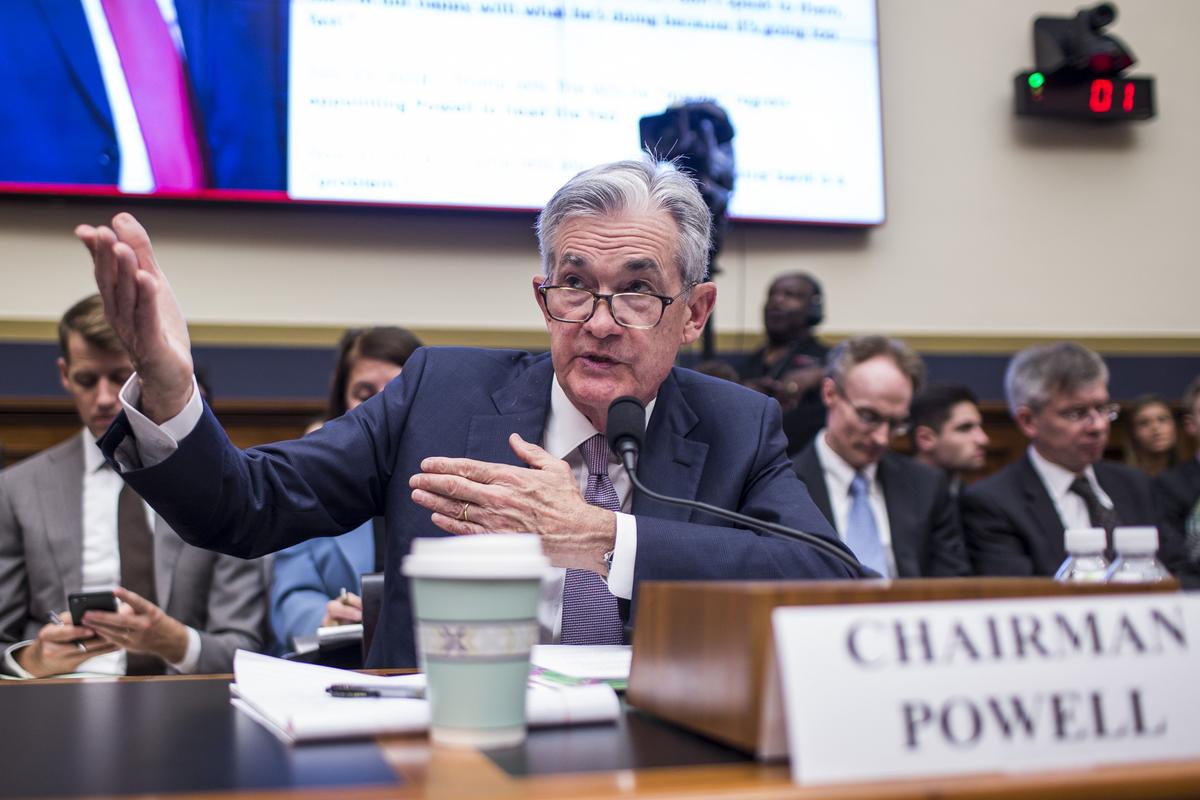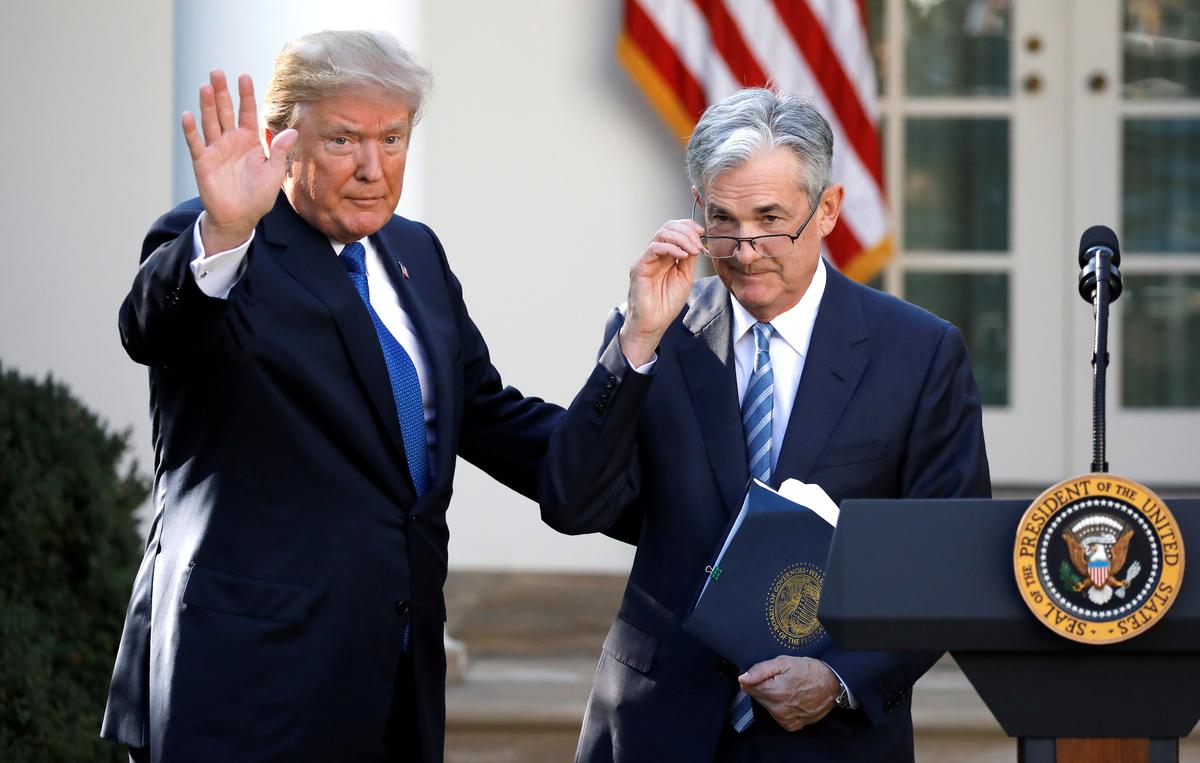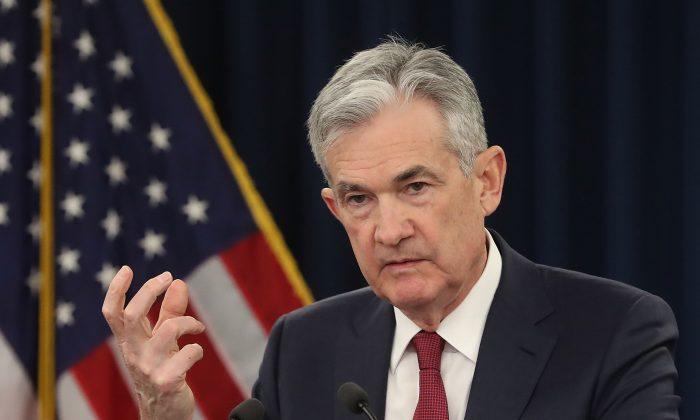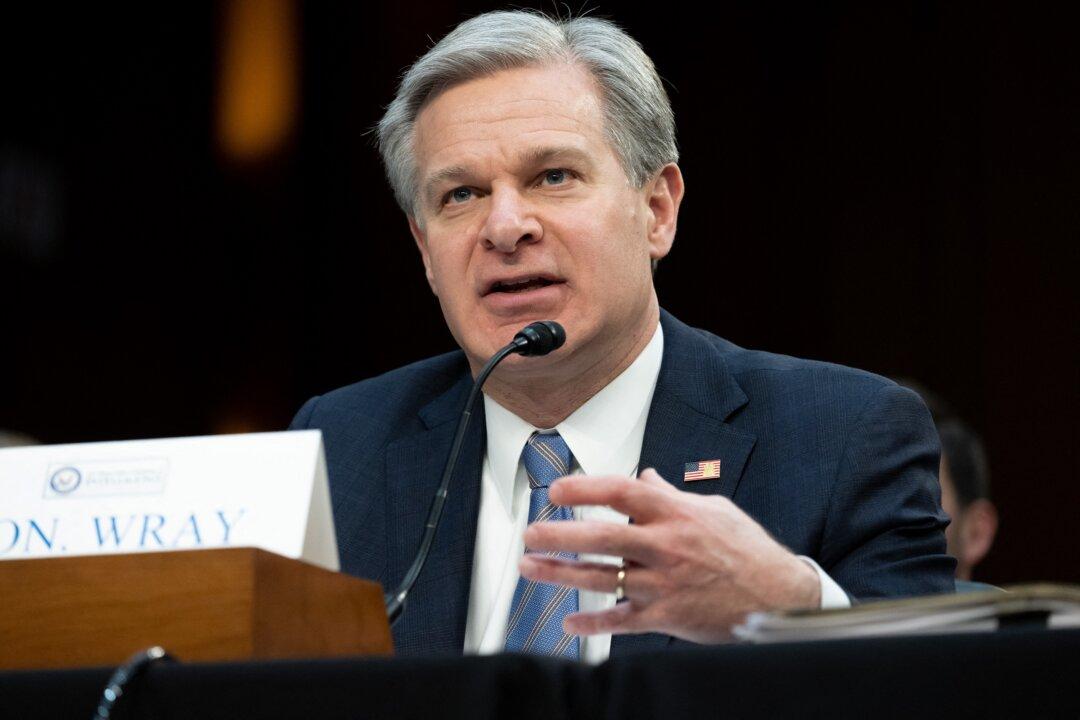The Federal Reserve has released the minutes of its Oct. 29-30 meeting, shedding light on the central bank’s decision to cut interest rates and signal a policy of wait-and-see.
The Fed’s October decision is the third time the central bank cut interest rates in 2019. The minutes indicate that the reduction in the federal funds rate to a target range of between 1.50 percent and 1.75 percent would be the last rate move over the short term.
The federal funds rate is a benchmark that influences many consumer and business loans, including mortgages, auto loans, and student loans. By lowering the cost of borrowing, lower interest rates are intended to stimulate the economy by encouraging more borrowing and spending.
The cuts have been positioned as “a mid-cycle adjustment” to help shield the U.S. economy from the effects of the U.S.-China trade war and slowing global growth.
“Many participants judged that an additional modest easing at this meeting was appropriate in light of persistent weakness in global growth and elevated uncertainty regarding trade developments,” the minutes said. By contrast, “some” policymakers were against the reduction, viewing the economic outlook as still favorable, inflation moving back to the Fed’s goal and “in light of lags in the transmission of monetary policy, preferred to take some time to assess the economic effects of...previous policy actions.”
Following the meeting, Fed Chair Jerome Powell signaled the Fed was effectively on hold with interest rates and said that would only change if there was a “material” change in outlook for the U.S. economy.
The minutes indicated the Fed’s interest rate policy “likely would remain” where it is “as long as incoming information about the economy did not result in a material reassessment of the economic outlook.”

Powell said at a press conference on Oct. 30 that the committee believed “monetary policy is in a good place.”
Another Cut ‘Unlikely In the Near Term’
The minutes show the Fed signaled at its FOMC meeting that it plans no further cuts unless it finds clear evidence that the economic outlook has deteriorated.“A couple of participants expressed the view that the Committee should reinforce its postmeeting statement with additional communications indicating that another reduction in the federal funds rate was unlikely in the near term unless incoming information was consistent with a significant slowdown in the pace of economic activity,” the minutes stated.
This raises the bar for another cut at the FOMC’s next meeting on Dec. 10-11.
President Donald Trump has criticized the Fed for not taking a more aggressive rate-cutting stance. Speaking at the Economic Club of New York last week, Trump accused the Fed of stifling growth by being too slow to slash rates.

“The Fed has called it wrong from the beginning, too fast, too slow,” Trump wrote on Twitter on Oct. 31. “They even tightened in the beginning. Others are running circles around them and laughing all the way to the bank.”
On Monday, Trump and Powell met for around 30 minutes at the White House, in a meeting attended by Treasury Secretary Steven Mnuchin.
Trump said he had a “very good and cordial” meeting with the central bank head, while the Fed said in a statement that “Chair Powell’s comments were consistent with his remarks at his congressional hearings last week.”
“Everything was discussed including interest rates, negative interest, low inflation, easing, Dollar strength & its effect on manufacturing, trade with China, E.U. & others, etc,” Trump wrote on Twitter.
Later that day, the president wrote in a Tweet: “At my meeting with Jay Powell this morning, I protested fact that our Fed Rate is set too high relative to the interest rates of other competitor countries. In fact, our rates should be lower than all others (we are the U.S.). Too strong a Dollar hurting manufacturers & growth!”
‘Uncertainties About This Outlook Remain’
When FOMC members voted on Oct. 30 to proceed with the rate cut and continue monitoring activity, they acknowledged that “uncertainties about this outlook remain.”“This action supports the Committee’s view that sustained expansion of economic activity, strong labor market conditions, and inflation near the Committee’s symmetric 2 percent objective are the most likely outcomes, but uncertainties about this outlook remain,” according to a summary statement.
In the minutes, there was little discussion of what a “material” reassessment of the economic outlook would involve, bar two policymakers who wanted the Fed to make plain that another rate cut would be unlikely in the near term unless there was a significant slowdown in the pace of economic growth. Dallas Fed President Robert Kaplan has since said the price of his support was such a statement being made.
The Fed is forecasting the economy growing 2.2 percent this year, slightly above its potential, which the central bank estimates at around 2 percent.
While economic growth has slowed this year, fears that sectoral weakness could spread to the wider economy have not materialized as it continues to expand at a moderate pace with unemployment near a 50-year low and consumer spending, which accounts for roughly 70 percent of U.S. economic activity, still holding up.
That dissonance has left the committee increasingly divided. Boston Fed’s Eric Rosengren and Kansas City Fed’s Esther George voted against October’s rate cut and since the meeting several other non-voting policymakers have said they were against the October decision.
The FOMC’s October vote also encompassed approval of the statement below:
“Information received since the Federal Open Market Committee met in September indicates that the labor market remains strong and that economic activity has been rising at a moderate rate. Job gains have been solid, on average, in recent months, and the unemployment rate has remained low. Although household spending has been rising at a strong pace, business fixed investment and exports remain weak. On a 12‑month basis, overall inflation and inflation for items other than food and energy are running below 2 percent. Market-based measures of inflation compensation remain low; survey-based measures of longer-term inflation expectations are little changed.
“In light of the implications of global developments for the economic outlook as well as muted inflation pressures, the Committee decided to lower the target range for the federal funds rate to 1-1/2 to 1-3/4 percent. This action supports the Committee’s view that sustained expansion of economic activity, strong labor market conditions, and inflation near the Committee’s symmetric 2 percent objective are the most likely outcomes, but uncertainties about this outlook remain.”
The statutory mandate of the Fed is to foster maximum employment and price stability.






Friends Read Free